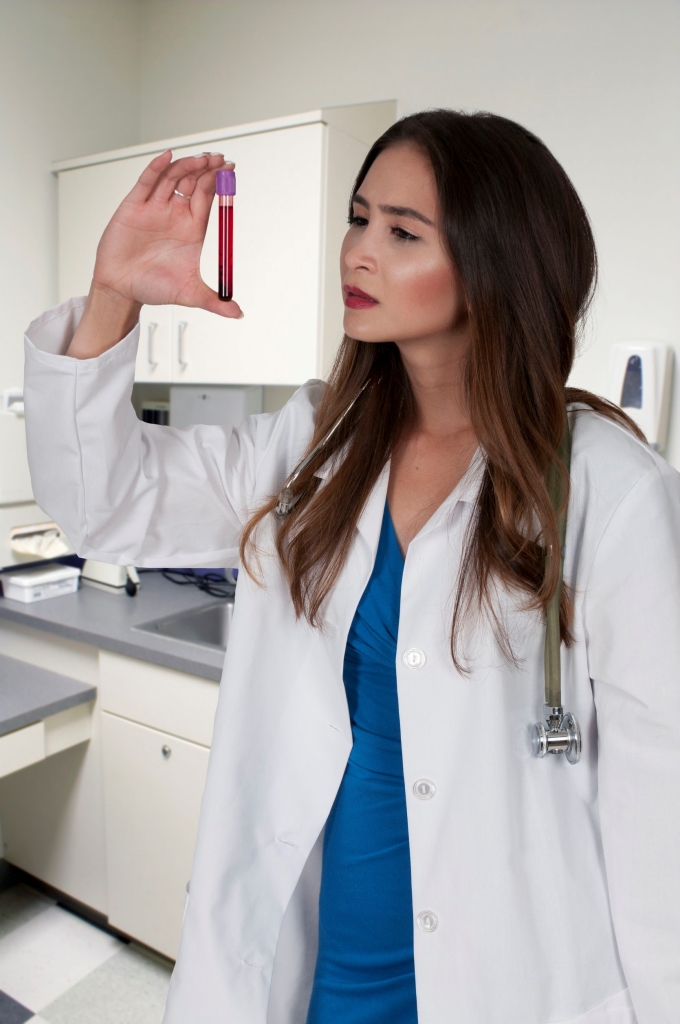**Title: Central Phlebotomy: Everything You Need to Know**
**Introduction:**
Central phlebotomy is a specialized technique used in healthcare settings to draw blood from a central venous catheter. This procedure is commonly performed on patients who have difficult venous access or require frequent blood draws. Central phlebotomy offers several benefits, including decreased trauma to the patient and improved efficiency for healthcare providers. In this article, we will explore the process of central phlebotomy, its benefits, and provide practical tips for healthcare professionals.
**What is Central Phlebotomy?**
Central phlebotomy involves drawing blood from a central venous catheter, which is a thin, flexible tube inserted into a large vein in the body. The catheter is typically placed in the neck, chest, or groin and is used to administer medications, fluids, or draw blood. Central phlebotomy is needed when traditional venipuncture is not feasible due to collapsed or fragile veins.
**The Process of Central Phlebotomy:**
1. **Patient Preparation:** Before performing central phlebotomy, it is essential to explain the procedure to the patient and obtain informed consent. Ensure that the patient is positioned comfortably and the central venous catheter is properly flushed to remove any blood clots.
2. **Gathering Supplies:** Gather all the necessary supplies for central phlebotomy, including a syringe, needle, alcohol swabs, and a vacuum tube if needed. Ensure that all equipment is sterile and in good working condition.
3. **Performing the Procedure:** Clean the skin around the catheter site with an alcohol swab and allow it to dry. Insert the needle into the catheter hub and slowly draw blood into the syringe. Be gentle to prevent dislodging the catheter or causing discomfort to the patient.
4. **Documentation:** After the blood draw is complete, label the blood samples with the patient’s information, the date, and the time of collection. Record the procedure in the patient’s medical chart for documentation purposes.
**Benefits of Central Phlebotomy:**
– Decreased trauma to the patient
– Improved efficiency for healthcare providers
– Reduced risk of complications compared to traditional venipuncture
**Practical Tips for Central Phlebotomy Success:**
1. **Proper Training:** Ensure that all healthcare providers performing central phlebotomy are properly trained and certified in the procedure.
2. **Sterile Technique:** Maintain strict adherence to sterile technique to prevent infections and complications during central phlebotomy.
3. **Patient Communication:** Communicate with the patient throughout the procedure to ensure their comfort and understanding of the process.
**Case Study:**
A 55-year-old patient with end-stage renal disease required frequent blood draws for hemodialysis. Due to compromised veins, central phlebotomy was performed using a tunneled catheter in the chest. The patient experienced minimal discomfort and the procedure was completed efficiently, resulting in successful blood sample collection for laboratory testing.
**Conclusion:**
Central phlebotomy is a valuable technique in healthcare settings, offering benefits for both patients and healthcare providers. By understanding the process of central phlebotomy, its benefits, and following practical tips for success, healthcare professionals can provide efficient and effective blood draws for patients with difficult venous access. With proper training and adherence to sterile technique, central phlebotomy can be a safe and beneficial procedure in clinical practice.
By incorporating central phlebotomy into their skill set, healthcare professionals can enhance patient care and improve the overall quality of blood sample collection in challenging clinical situations.
Remember to always consult with a healthcare provider or phlebotomy expert for guidance and support when performing central phlebotomy procedures.
